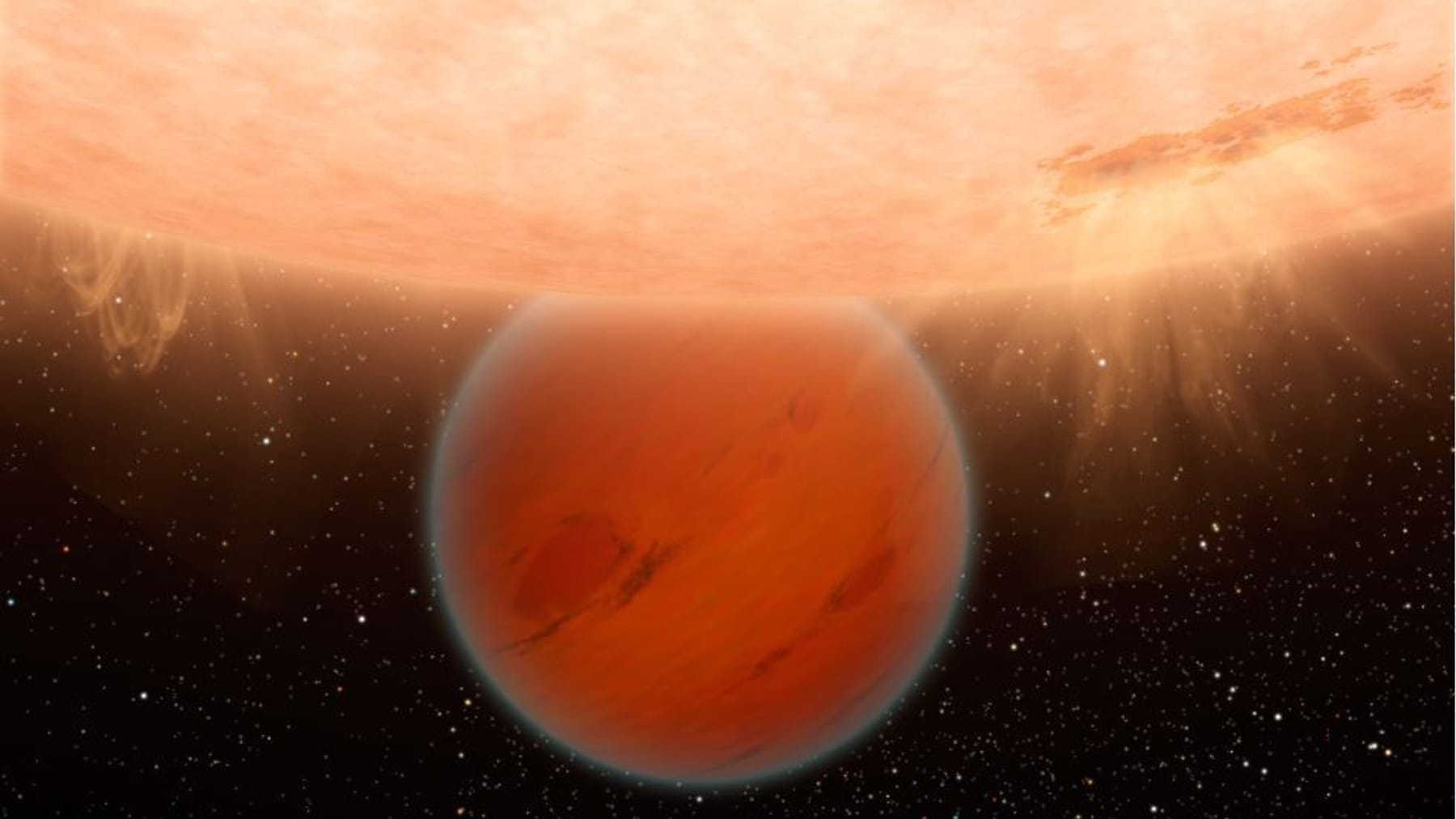With all the knowledge researchers have accumulated about the universe and its formation, there are always mysteries. This includes TOI-1853b.
Insights, theories, model calculations: Scientists have been researching our world for hundreds of years – and they’re always surprised. Sometimes everything you thought you knew is thrown away because of an anomaly. TOI-1853 b is one such type.
An international research group led by Luca Nabuniello of Tor Vergata University in Rome has discovered an exoplanet that, according to all current theories about planet formation, should not exist. TOI-1853 b is 544 light-years away and about the size of the gas giant Neptune. TOI-1853 b orbits its sun, the orange dwarf TOI-1853, in just 30 hours. The planet has a mass of more than 73 Earth masses, and is therefore denser than steel.
These properties are “a puzzle to traditional theories of planet formation,” and the researchers have reported their discovery in the scientific journal Nature and speculate that one or more collisions could be responsible for the unusual formation of TOI-1853 b.
What is the outer planet?
Extrasolar planets, or exoplanets for short, are planets orbiting stars other than our sun. Astronomers have speculated about its existence for centuries. The first planet orbiting a sun-like star was discovered in 1995. Astronomers mostly use indirect methods to detect it, as only a few exoplanets have been observed directly. It turns out that more than 50% of stars are surrounded by one or more planets. Whether they look like our home planet is another question.
In this way, several smaller, rocky planets could have formed in the outer region of the star system, which collided during their inward migration and formed the celestial body we now observe.
However, it is also possible that gas giant planets formed further afield, and one of them was ejected into the system, where we can see its very dense core with a possible layer of water.
The discovery of TOI-1853 b contributes to deciphering the so-called “Neptunian desert”. In astronomy, this is the name for the region around a star (with an orbital period of two to four Earth days) in which there are no Neptune-sized exoplanets. TOI-1853 b is now one of the few exceptions.

“Total coffee aficionado. Travel buff. Music ninja. Bacon nerd. Beeraholic.”







More Stories
Venus: An explanation has allegedly been found for the almost complete lack of water
Consequences of climate change: Birbok on the front line of the climate crisis in Fiji
Psychology test: The way you extend your thumb can reveal a lot about your personality